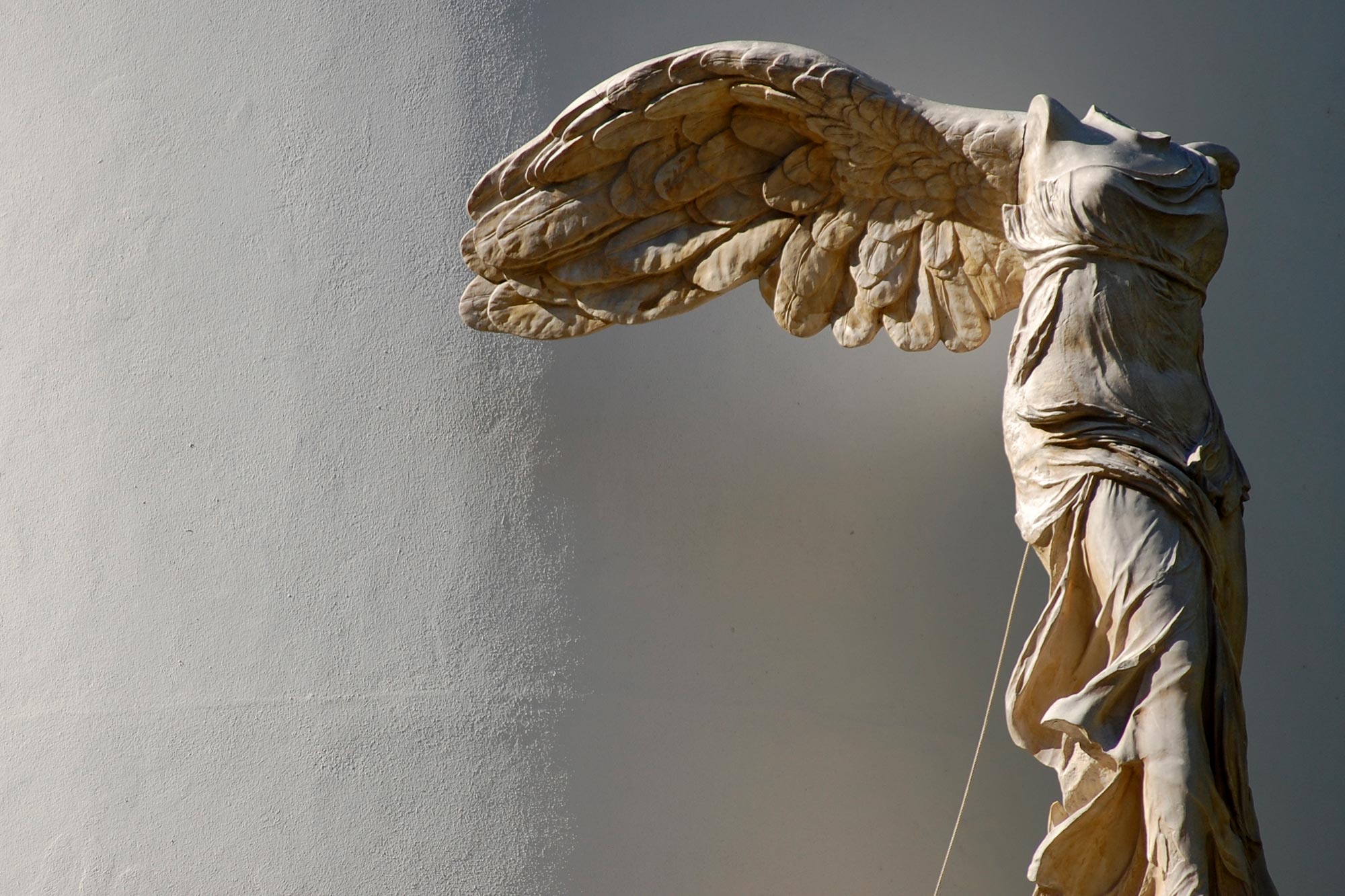The Two Worlds
“Thoughts, ideas, emotions, aspirations, hopes, disappointments, etc. are internal: invisible to the ordinary and commonly used senses. And yet, they are more real to us than the dining room table or the lounge chairs.” – Revolutionary Psychology Samael Aun Weor
“Looking in will require of us a great subtlety and great courage, nothing less than a complete shift in our attitude to life and to the mind. We are so addicted to looking outside ourselves that we have lost access to our inner being almost completely.” – The Tibetan Book of Living & Dying Sogyol Rinpoche
Observation & Self Observation
To observe and to observe oneself are two completely different things. Nonetheless, both demand attention. In observation, attention is directed toward the outside, towards the external world, via the windows of the senses. In self-observation, attention is directed inwards, and for this the senses of external perception are of no use. This is why it is difficult for the student to observe his intimate psychological processes. The point of departure of conventional science in its practical aspect is the observable. The point of departure for the work on oneself is the self-observation, the self-observable.
The TWO Types of Knowledge
Unquestionably, these two abovementioned points of departure, take us in completely different directions. Someone can grow old engrossed in the intransigent dogmas of conventional science, studying external phenomena; observing cells, atoms, molecules, suns, stars, comets and so on, without experiencing any radical change within himself. The type of knowledge that transforms someone internally can never be obtained through external observation.
The true knowledge that really can give rise to a fundamental internal change in us has as its base the direct observation of oneself. It is urgent that the students observe themselves, that they know how to observe themselves and the reasons for this. Observation is a means to modify the mechanical conditions of the world. Inner self-observation is the means for internal change.
As a consequence or corollary of all this, we can and must emphatically state that there exist two types of knowledge, external and internal, and that unless we have within us the magnetic center that can differentiate between the qualities of knowledge, this mixture of the two planes or orders of ideas may lead us into confusion.
The External & The Internal
Sublime pseudo-esoteric doctrines with a marked scientific spirit as their basis belong to the sphere of the observable. Nonetheless, these doctrines are accepted by many aspirants as internal knowledge. We find ourselves then before two worlds, the external and the internal. The first of these is perceived by the senses of external perception. The second can only be perceived through the sense of internal self-observation. Thoughts, ideas, emotions, aspirations, hopes, disappointments, etc., are internal, invisible to the ordinary and commonly used senses. And yet, they are more real to us than the dining room table or the lounge chairs.
Certainly, we live more in our internal world than in the external, this is irrefutable, undeniable. In our internal worlds, in our secret world, we love, desire, suspect, bless, curse, yearn, suffer, enjoy, are disappointed and rewarded, etc.
Unquestionably, these two worlds, internal and external, can be verified by experience. The external world is the observable. The internal world is the self-observable in one, and is within us here and now.
The sense of Intimate self observation
Whoever truly wants to know the internal worlds of the planet Earth, or the Solar System, or Galaxy in which we live must previously know their intimate world, their particular internal life, their own internal worlds. The Oracle of Delphi gave us the following clue: “Man, know thyself and you will know the Universe and the Gods.”
The more one explores this internal world called oneself, the more one will comprehend that we live simultaneously in two worlds, in two realities, in two spheres, the external and the internal.
Just as it is indispensable to know how to walk in the external world, to not fall into precipices, to not lose one’s way in the streets of the city, to select one’s friends, to not associate with the depraved, to not swallow poison etc., so also, through the psychological work on oneself, we learn to walk in our internal world, which is explorable through self-observation.
Really, the sense of self-observation is atrophied in the decadent human race of this tenebrous era in which we live. As we persevere with self-observation, the sense of intimate self-observation will develop progressively.
Observation of oneself
Intimate self-observation is a practical means to achieve a radical transformation. To know and to observe are different. Many confuse observation of oneself with knowing. We may know that we are sitting on a chair in a living room, but this does not mean that we are observing the chair.
We know that in a given moment we are in a negative state, perhaps thinking about a problem, or perhaps we are worried about this or that, or are in a state of uneasiness or uncertainty, but this does not mean that we are observing it.
Do you feel hostility towards someone? Is there someone you don’t get on well with? Why? You may say you know that person… Please! Observe that person. To know is never the same as to observe. Do not confuse knowing with observing. The observation of oneself, which is one hundred percent active, is a way to change oneself, while knowing, which is passive, is not.
Certainly, knowing is not an act of attention. Attention directed within oneself, towards what is happening in our interior, is something positive, active…
In the case of a person whom we dislike without good reason, and simply because we feel that way, we become aware of the multitude of thoughts which accumulate in the mind, the group of voices that talk and shout in disorder within us, the things they are saying, the unpleasant emotions which arise in our interior, and the unpleasant taste that all this leaves in our psyche, etc, etc., etc.
Obviously, in such a state, we also realize that internally, we are badly mistreating the person we dislike. But, in order to see all this, unquestionably one needs one’s attention directed intentionally within oneself, not passive attention.
Dynamic attention really comes from the side of the observer, while thoughts and emotions belong to the side of the observed. All this leads us to understand that knowing is something completely passive and mechanical, in clear contrast with observation of the self, which is a conscious act.
With this, we do not want to say that mechanical self-observation does not exist, but, that type of observation has nothing to do with the psychological self-observation to which we are referring.
To think and to observe are also very different. Any person may enjoy the luxury of thinking about himself all he wants, but this is not to say that he is really observing himself.
We need to see the different “I’s” in action, to discover them in our psyche, to comprehend that, within each one of them, there is a percentage of our own Consciousness, to repent for having created them.
Then, we shall exclaim, “But what is this “I” doing?” “What is it saying?” “What does it want?” “Why does it torment me with its lust, with its anger?” etc., etc., etc.
Thus, we will see in ourselves a vast train of thoughts, emotions, desires, passions, private comedies, personal dramas, elaborate lies, discourses, excuses, morbosities, beds of pleasure, images of lust, etc., etc., etc.
Many times before falling asleep, at the precise instant of transition between waking and sleep, we become aware, within our own mind, of different voices that talk amongst themselves.
Those are the different “I’s” which, in such moments, have to break all connection with the different centers of our organic machine in order to submerge themselves in the molecular world, in the fifth dimension.
– Revolutionary Psychology Samael Aun Weor


